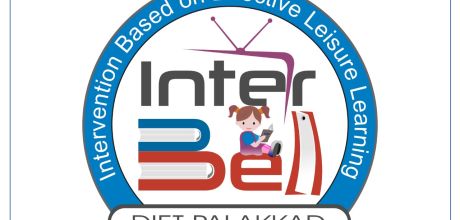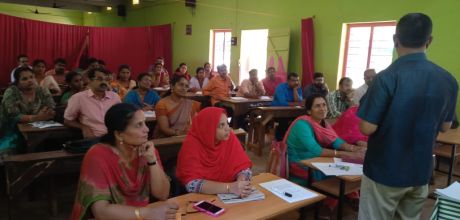SRI.K.MOHAMMED BASHEER
SENIOR LECTURER
Dr.P.RAMAKRISHNAN
LECTURER
SIGNIFICANCE OF EDUCATIONAL TECHNOLOGY
Educational Technology (ET) is the efficient organization of any learning system adapting or adopting methods, processes, and products to serve identified educational goals. This involves systematic identification of the goals of education, recognition of the diversity of learners’ needs, the contexts in which learning will take place, and the range of provisions needed for each of these.
The challenge is to design appropriate systems that will provide for and enable appropriate teaching-learning systems that could realize the identified goals.
The key to meeting this challenge is an appreciation of the role of ET as an agent of change in the classroom, which includes not only the teacher and the teaching-learning process but also systemic issues like reach, equity, and quality.
Over the past decades, educational technology in India has taken two routes:
The first route involved a large number of experiments aimed at the qualitative improvement of schools, adopted the systems approach to analyze the problems plaguing the particular situation, and have evolved a range of solutions. These have included the development of flexible systems, alternative curricula, multilevel organization of classes; low-cost teaching-learning materials, innovative activities, continuous support systems for teacher training, etc. While many of these
experiments have demonstrated intrinsic merit, they have been restricted to pockets of intense practice and have failed to influence the larger school system.
The second route is government-sponsored schemes such as the Educational Technology (ET) Scheme and the Computer Literacy and Studies in Schools (CLASS) and their present-day analogs, including partnerships with global players. This included the supply of radio-cum-cassette players, color televisions, microcomputers, present-day computer labs, and even satellite-receiving terminals. These schemes have largely remained supply-driven, equipment-centered, and disseminative
in design. Scant attention has been paid to the development of the entire support system that would establish ET as a reliable, relevant, and timely intervention, and despite clear indications of the necessity for this action.
Information and Communication Technologies (ICTs) have brought in a convergence of the media along with the possibility of multi-centric participation in the content- generation and disseminative process. This has implications not only for the quality of the interchange but also for drastic upheavals of center-dominated mindsets that have inhibited qualitative improvement.
Modern ET has its potential in schools, in the teaching of subjects, in examinations, in research, in systemic reforms, and, above all, in teacher education, overcoming the conventional problems of scale and reach through online, anytime, anywhere.
There exists today a well-established publishing industry, including desktop publishing, with…..
















